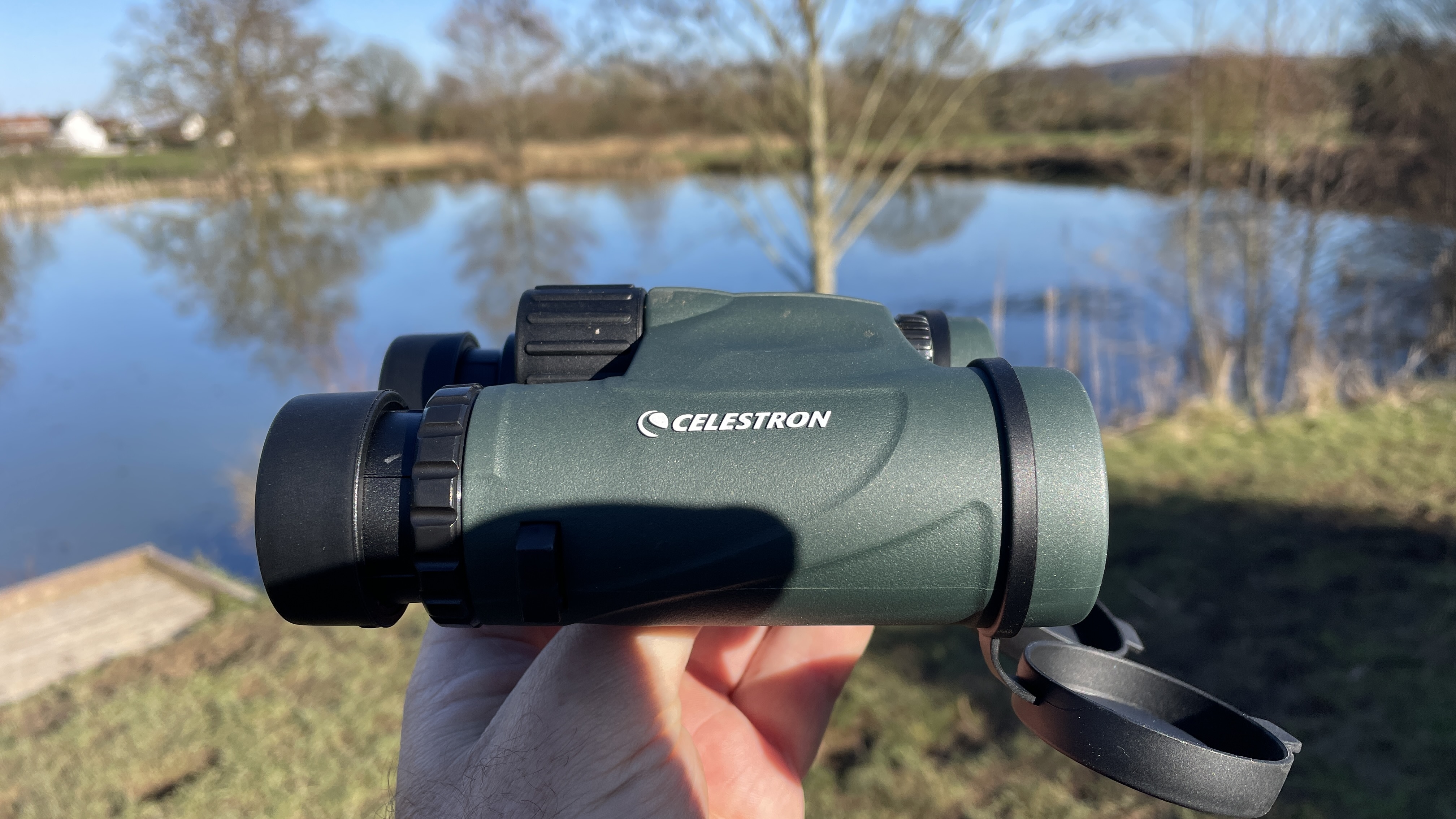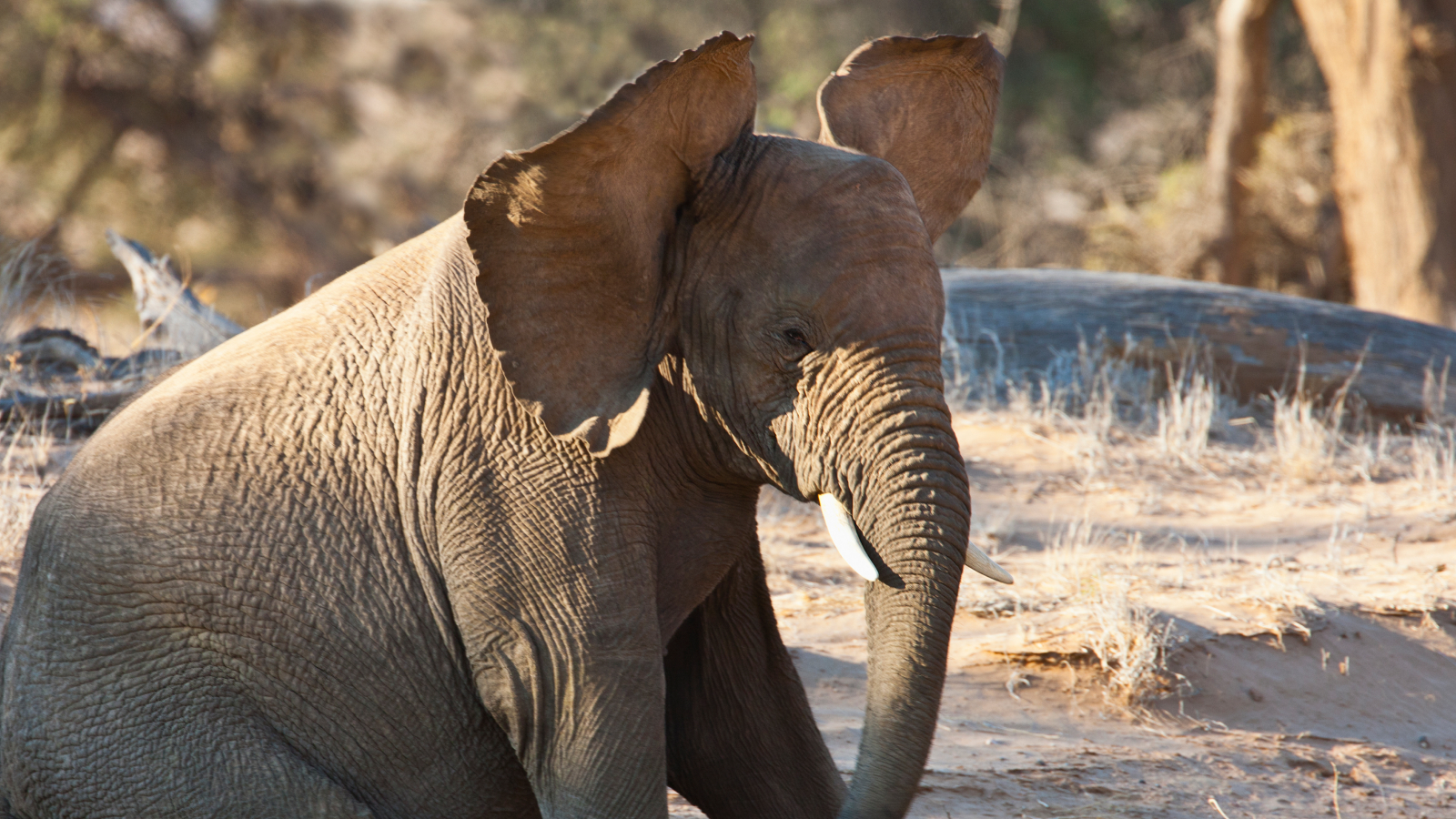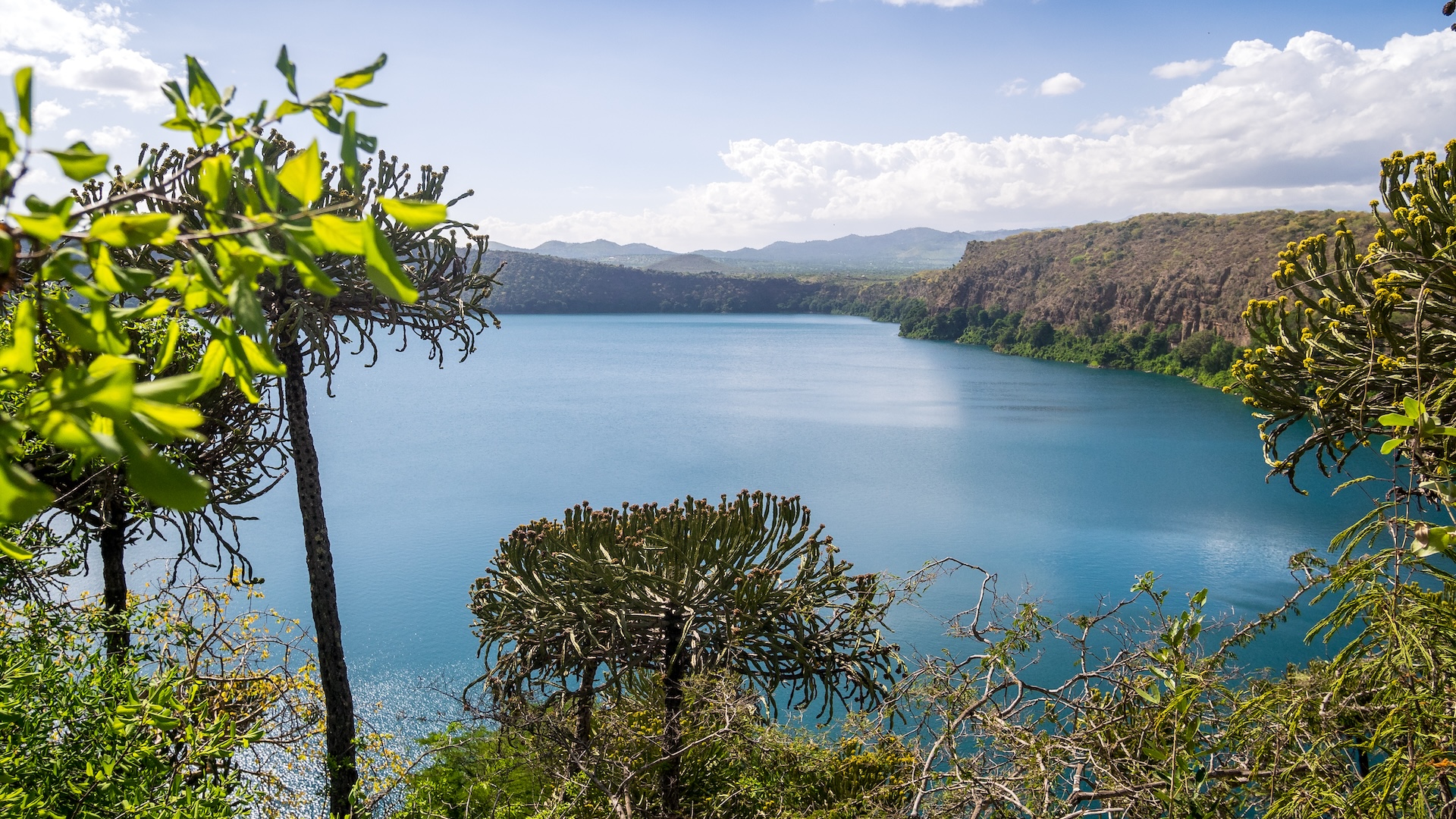This week’s science news has taken us in a time machine, from the discovery of a 506 million-year-old fossil of a bizarre “sea monster” that breathed through its butt to the death of the universe (which is coming a lot sooner than scientists once thought…relatively speaking).
But in the present day, our home star has had a particularly active week, with the strongest solar flare of 2025 so far recorded on Wednesday morning (May 14). Solar flares are sudden, intense bursts of electromagnetic radiation released from regions of intense magnetic activity on the sun’s surface.
The X2.7 flare came less than 24 hours after another powerful X-class flare on May 13, with two significant M-class flares reported on either side. The solar activity triggered radio blackouts across North and South America, Europe, Africa, the Middle East and Southeast Asia, and more flares could be heading our way in the coming days.
Meanwhile, experts have warned that the U.S. isn’t prepared for the impacts of major solar storms, which may increase in frequency in the coming years as the ongoing solar maximum coincides with a mysterious, 100-year solar cycle.
Customized CRISPR treatment
A baby in the U.S., referred to as KJ, has become the first person to receive a customized CRISPR gene-editing therapy designed to fix a specific mutation in a faulty gene.
The infant was born with a rare genetic disorder called carbamoyl phosphate synthetase 1 (CPS1) deficiency. This disorder arises from a mutation in the gene that carries the instructions to make CPS1, an enzyme that helps break down toxic cellular waste products in the liver. If the CPS1 gene isn’t working properly, the body partially or completely loses the ability to make the enzyme, and toxic compounds build up, injuring vital organs like the brain. Roughly half of children born with the most severe form of this condition die in early infancy.
CRISPR technology enables scientists to edit genes very precisely. Two CRISPR therapies have been approved to date, but these have a one-size-fits-all approach: They work by completely disabling a specific gene. However, in some genetic diseases, you need to fix a broken gene and the mutation behind the dysfunction can vary between people. So treating those conditions would require targeting a person’s unique mutation.
At around 6 to 7 months old, KJ became the first person to receive such a personalized treatment and, after three doses of the therapy, the 9.5 month-old is now thriving, according to his doctors.
Discover more health news
—New CRISPR alternative can ‘install’ whole genes, paving the way to treatment for many genetic disorders
—Scientists uncover possible missing link between ‘mono’ virus and multiple sclerosis
—Viking DNA helps reveal when HIV-fighting gene mutation emerged: 9,000 years ago near the Black Sea
Life’s little mysteries
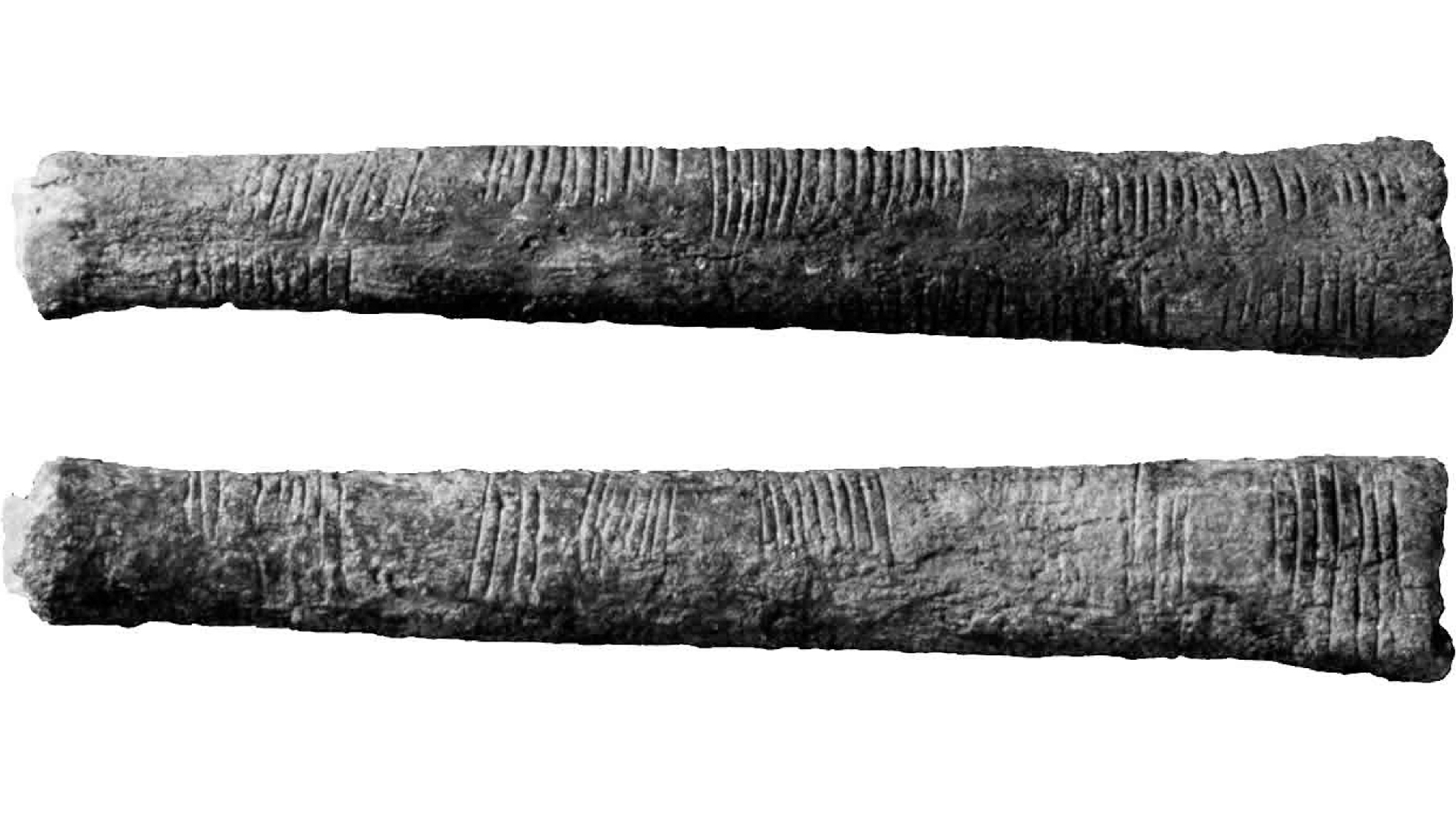
Math is a huge part of our everyday lives. But it hasn’t always been central to our species. So, when was math invented, and when did counting turn into complex calculus?
Yosemite’s “ghost volcano”

Yosemite National Park is famous for its grand meadows and deep valleys, with walls towering up to 4,000 feet (1,219 meters) above the valley floor.
It’s long been thought that these deep canyons were formed by 10 million years of uplift in California’s Sierra Nevada mountains. But new research suggests this might not be the case. Instead, researchers believe the landscape may have been carved out by a long-lost river meandering down the slopes of an ancient volcano.
Discover more planet Earth news
—See the reconstructed home of ‘polar dinosaurs’ that thrived in the Antarctic 120 million years ago
—NASA satellites show Antarctica has gained ice despite rising global temperatures. How is that possible?
—Gigantic ‘mud waves’ buried deep beneath the ocean floor reveal dramatic formation of Atlantic when Africa and South America finally split
Also in science news this week
—Physicists may be on their way to a ‘theory of everything’ after reenvisioning Einstein’s most famous theory
—Only 0.001% of deep ocean has ever been explored by humans — an area equal to the size of Rhode Island
—Famous tomb said to hold Alexander the Great’s father actually contains younger man, a woman and 6 babies, study finds
—China signs deal with Russia to build a power plant on the moon — potentially leaving the US in the dust
Behind the headlines
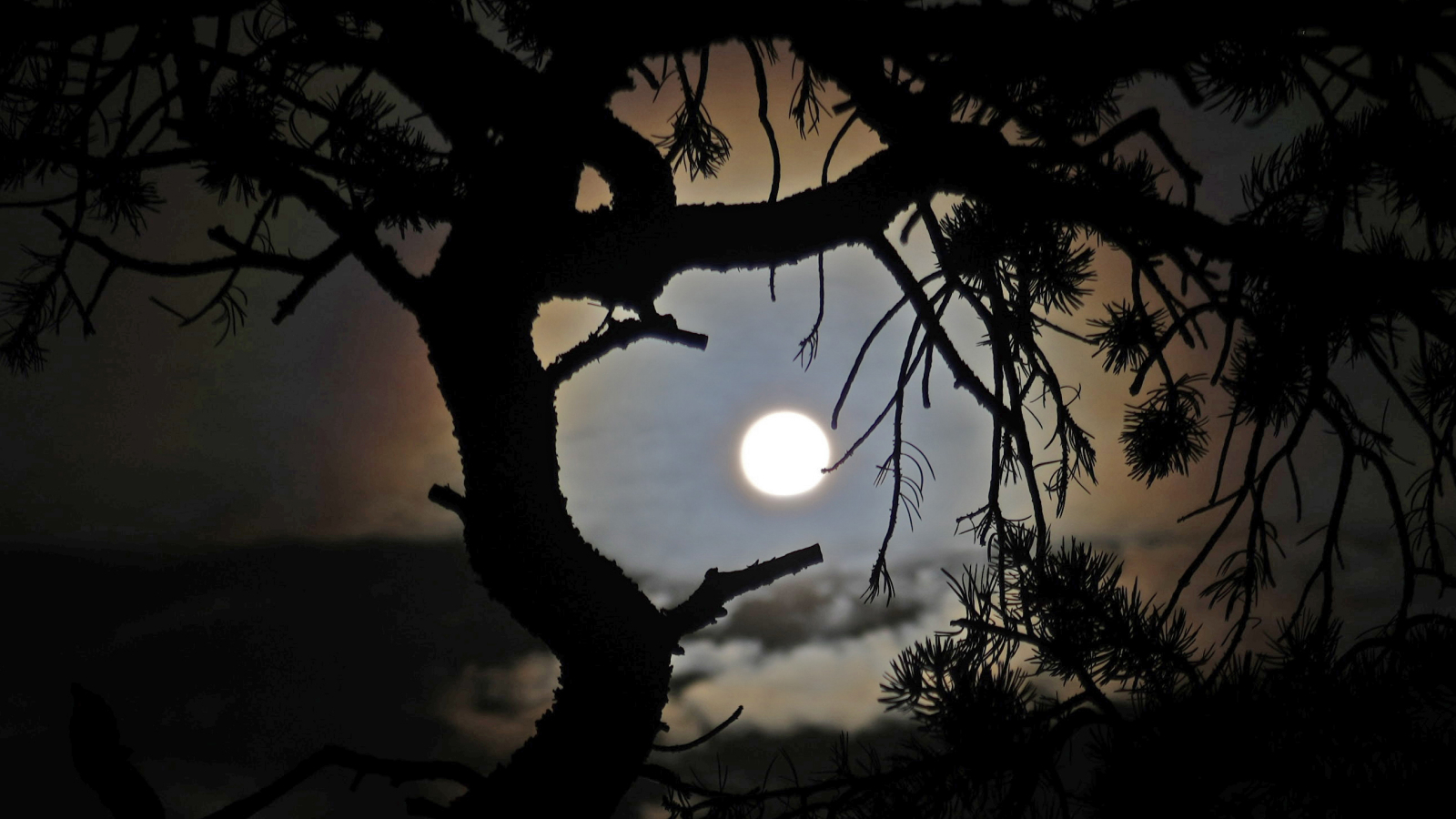
Several news outlets reported that during an eclipse, trees begin to synchronize their behavior. It’s a compelling idea, and one that sprung from research in spruce trees (Picea abies) growing in Italy’s Dolomite mountains.
The researchers attached remote sensors to three healthy spruce trees and five tree stumps to measure their electrical activity during a two-hour partial solar eclipse. What they found was that the trees appeared to exhibit synchronized changes in their bioelectric activity in anticipation of the eclipse, the researchers told Live Science.
But outside experts say the research is flawed, with many questioning whether we can actually take anything from these findings.
Something for the weekend
If you’re looking for something a little longer to read over the weekend, here are some of the best long reads, book excerpts and interviews published this week.
—Could a planet really develop a brain? (Book extract)
—Images capturing a starving tiger, fighting bison and pit of vipers honored in environmental photography awards (Photo gallery)
—What is the Turing test? How the rise of generative AI may have broken the famous imitation game. (Explainer)
And something for the skywatchers:
—9 best things to see in the night sky with binoculars: May to July 2025
—Best telescopes for kids 2025: A stargazing introduction for budding astronomers
Science in motion

Watch On
On March 28, a magnitude 7.7 earthquake struck Myanmar, causing thousands of deaths and leaving many more injured. New, striking security camera footage shows the ground splitting apart across a driveway near the town of Thazi in central Myanmar.
The footage is thought to be the first-of-its-kind to show a ground fissure forming during a major earthquake.
Want more science news? Follow our Live Science WhatsApp Channel for the latest discoveries as they happen. It’s the best way to get our expert reporting on the go, but if you don’t use WhatsApp, we’re also on Facebook, X (formerly Twitter), Flipboard, Instagram, TikTok, Bluesky and LinkedIn.






